|
IndexBox has just published a new report: ‘Asia-Pacific – Goat Meat – Market Analysis, Forecast, Size, Trends and Insights’. Here is a summary of the report’s key findings.
The Asia-Pacific goat meat market expanded rapidly to $30.1B in 2019, growing by 9.9% against the previous year. This figure reflects the total revenues of producers and importers (excluding logistics costs, retail marketing costs, and retailers’ margins, which will be included in the final consumer price). The total market indicated a prominent expansion from 2007 to 2019: its value increased at an average annual rate of +1.8% over the last twelve-year period. The trend pattern, however, indicated some noticeable fluctuations being recorded throughout the analyzed period. Based on 2019 figures, consumption increased by +56.7% against 2014 indices. The level of consumption peaked in 2019 and is expected to retain growth in years to come.
0 Comments
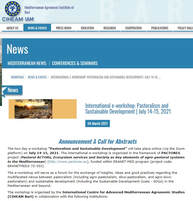 Announcement & Call for Abstracts The two-day e-workshop “Pastoralism and Sustainable Development” will take place online (via the Zoom platform) on July 14-15, 2021. The international e-workshop is organized in the framework of PACTORES project (Pastoral ACTORs, Ecosystem services and Society as key elements of agro-pastoral systems in the Mediterranean) (http://www.pactores.eu), funded within ERANET-MED program (project code: ERANETMED2-72-303). The e-workshop will serve as a forum for the exchange of insights, ideas and good practices regarding the multifaceted nexus between pastoralism (including agro-pastoralism, silvo-pastoralism, and agro-silvo-pastoralism) and sustainable development (including the Sustainable Development Goals - SDGs) in the Mediterranean and beyond. Rahman Rostamkhani (1), Seyyed Saeid Mousavi (2), Hossein Ghorbani (1), Seyyed Vahid Mortazavi (1), Mohammad Taghi Moslemioun (2), Mohammad Hossein Nemati (2), Hassan Mohammadi Nedjad (2), Nader Papi (3) and Farhad Mirzaei (3) (1) Animal Production Improvement Administration of Zanjan province. Agricultural Jihad Organization. Zanjan, Iran. (2) Animal Science Research Department. Zanjan Agricultural and Natural Recourses Research and Education Center. AREEO. Zanjan, Iran. (3) Agricultural Research Education and Extension Organization (AREEO), Animal Science Institute of Iran, Karaj. 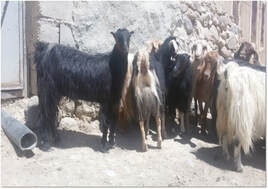 History of goat rearing in Zanjan province Archeological studies show the history of goat domestication dates to 7000 BC. Historical references also refer to Persia (Iran) as the land of origination of goat domestication. Since the earliest times, Iranians have reared goats for meat, milk, fiber, and skin supply. Currently, goat rearing has a notable role in Iranian nomadic and rural household’s life economy. The recent year’s goat keeping importance has been revealed much more because of climate changes, feed source limitation, and lack of relative advantage of pure breed farm animal production in Iran. Goat keeping has an essential role in meat and milk production in Zanjan province. Historically Name of Afshari goat is originated from the Afshar tribes who first reared this ecotype of goat in the region. Geographic distribution area Afshari goat population has been distributed in the different parts of the Zanjan province in about 20000 Km2.surface area, including highland altitudes and plains areas with other climatic conditions. Population Based on the current official data, the Afshari goat population is estimated at about 130,000 heads in the province. Rearing systems Goat keeping procedures are generally rural or semi-nomadic system. Goats are often reared together with sheep and in the grazing livestock act as a frontier animal or leadership of the flocks. Pure herds of goats are not usually seen among the local livestock. Job creation Among the farm animal rearing, goat keeping is a part of daily life of the rural and tribes because of their great interest in this occupation. They usually keep goats not only to improve their incomes but also for the natural compatibility and attractive appearance of their herds. The cultural, social, and economic relationship among nomadic and rural communities Afshari goats with 130,000 heads produce some 550 tons of meat and 2,000 tons of milk in the province annually. Milk, fiber, and meat of Afshari goat are used by the nomadic and rural, and also urban people. Goat keeping has an important role in rural and nomadic life economy because of the food source supply and earning incomes. Hence, Afshari goats have great economic importance for rural or nomadic households. Appearance features Few references indicate the phenotypic characteristics of Afshari goat among the goat sciences literature. In general, the dominant color of the coating fiber is pure black, but other colors are seen in the flocks. Both male and female goats are hornless. Bucks have a strong and muscular body, and because of the good capability of grazing in poor pastures or feeding low-quality forages and they can return good income for their owners. Does have good performance of milk production, daily milk yield ranges from 1.5-2.3 Kgs. Mature bucks weigh more than 60 kgs., which is a good potential for meat production. Export
Goat yields are generally consumed inside the province, and the exportation of the products is not performed. Items used for products Of the Afshari goat products, hair products can be mentioned. Hair fiber growth is about 25 cm/year, and each goat can produce some 400 grams of hair per year, which is used for preparing of handicrafts and traditional clothes in most villages. The skin is used in the leather industry. Milk is used for feeding kids, and the rest of it is used to prepare cheese, yogurt, whey, and some other local milk derivatives. Mature bucks weigh more than 60 kgs., which supply the local and urban residents’ meat needs. Measures for identifying and genetic improvement There is a decent rate of multiparity in Afshari goats, which can result in high performance and more economic animals, by performing of interbreeding selections or other livestock improvement programs. In 2007, an on-farm project plan entitled “An investigation on crossbreeding of the Sannen bucks with native black goat (Afshari does)” was carried by the Research Center for Agriculture and Natural Resources of Zanjan province. In these projects, the performance of first and second generation of crossbreds (F1 and F2) had a relatively good result, but in most cases, their adaptability was weak in the rural rearing condition. Suggestions for performance improvement As a national genetic resource, Afshari goats have valuable production performance and traits which has not been studied scientifically. For identification of the production performance of this ecotype, it is necessary to do comprehensive researches and studies. Environmental and socioeconomic sustainability of goats under a marginal-extensive production system C. Navarrete-Molina, C.A. Meza-Herrera, M.A. Herrera-Machuca, U. Macias-Cruz, and F.G. Veliz-Deras
Abstract Globally, while the livestock sector contributes significantly to the environmental impact (EI), it faces some key challenges such as to increase production to cover increased demand, to adapt to highly variable natural and economic scenarios, and to enhance its eco-environmental performance. Such complex scenarios require a comprehensive evaluation of the EI considering the carbon footprint (CF), the blue water footprint (BWF), the socio-economic sustainability (SES) and their interactions. Hence, the economic value (EV) made by the goat production system (GPS) in the Comarca Lagunera (CL), northern arid Mexico was quantified to compare it with its EI and SES (1994e2018). Response variables included the EV of the CF and BWF and the SES of the EV-GPS. The value of each of the variables was adjusted to 2011 euros while indicating the value in United States Dollars (USD) between parentheses. The CL recorded annual averages of 390,427 goats, 64.34 million liters of milk and 3,316.12 tons of meat. When contrasting the EV-GPS [MV 18.17 (MUSD 23.47)] with the EV-CF [MV 3.61 (MUSD 4.67); 84.29 kg CO2-eq kg milk-meat protein -1, MMP -1] þ EV-BWF [MV 2.48 (MUSD 3.20); 462.99 I H2O kg MMP -1)], a positive balance was observed. The accumulated GPS-CL economic spillover effect was MV 454.23 (MUSD 586.83), 5.79 million minimum wages (MW) yearly and close to 400,000 MW during the studied period. The GPS is highly eco-efficient considering both the CF and the transformation of the BWF into animal protein (milk-meat) with an undisputable biological value. Besides, the greater the economic and productive efficiency of the GPS, the better the socio-economic conditions of the producer and his family, with concomitant decreases in both the index and degree of marginalization of families and municipalities where goat production develops. Keywords: Goats, Ecological footprint, Environmental and economic impacts READ MORE… Making the Case: Sustainable Livestock for Development
Livestock are critical for sustainable development yet often overlooked. The world’s cows, sheep, goats, pigs, poultry and other farm animals are the mainstay of livelihoods across the developing world. And the energy and nutrient-dense milk, meat and eggs these animals produce provide hundreds of millions of families in the world’s poorer countries with basic livelihoods, incomes, food and nutrition. |
IGA Blog
The International Goat Association promotes goat research and development for the benefit of humankind, to alleviate poverty, to promote prosperity and to improve the quality of life. Archives
May 2024
Categories
All
|
|
International Goat Association
2516 Millbrook Rd., Little Rock, AR72227 USA email: [email protected] -454-1641 |
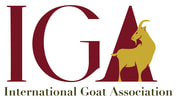
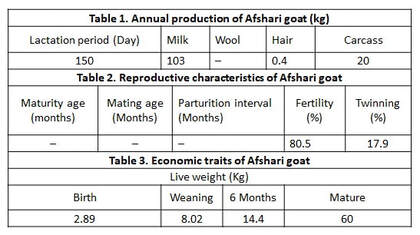
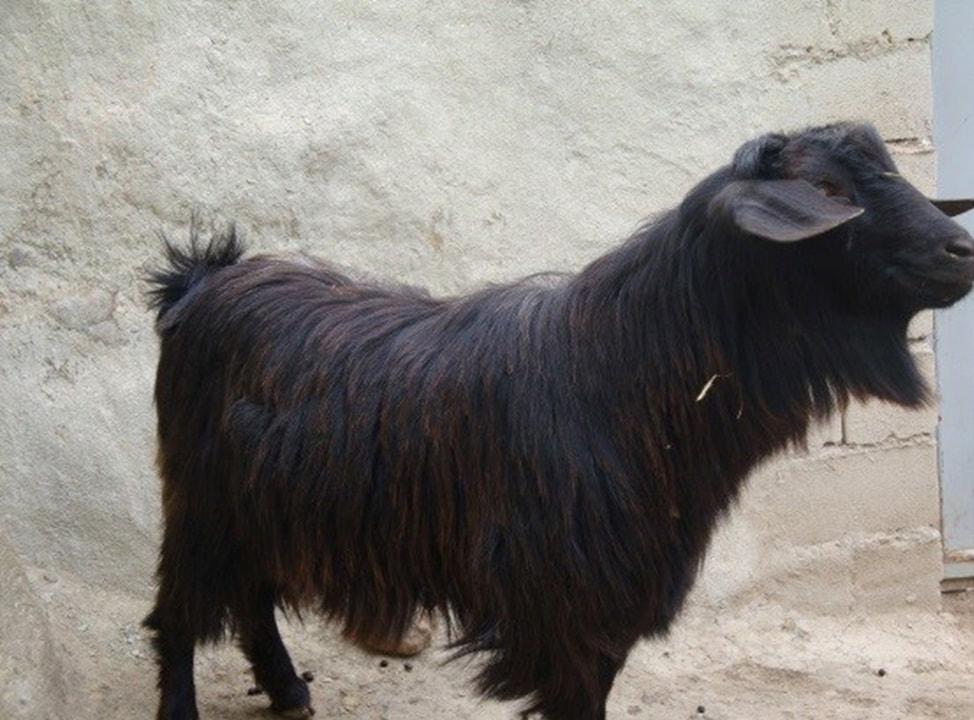
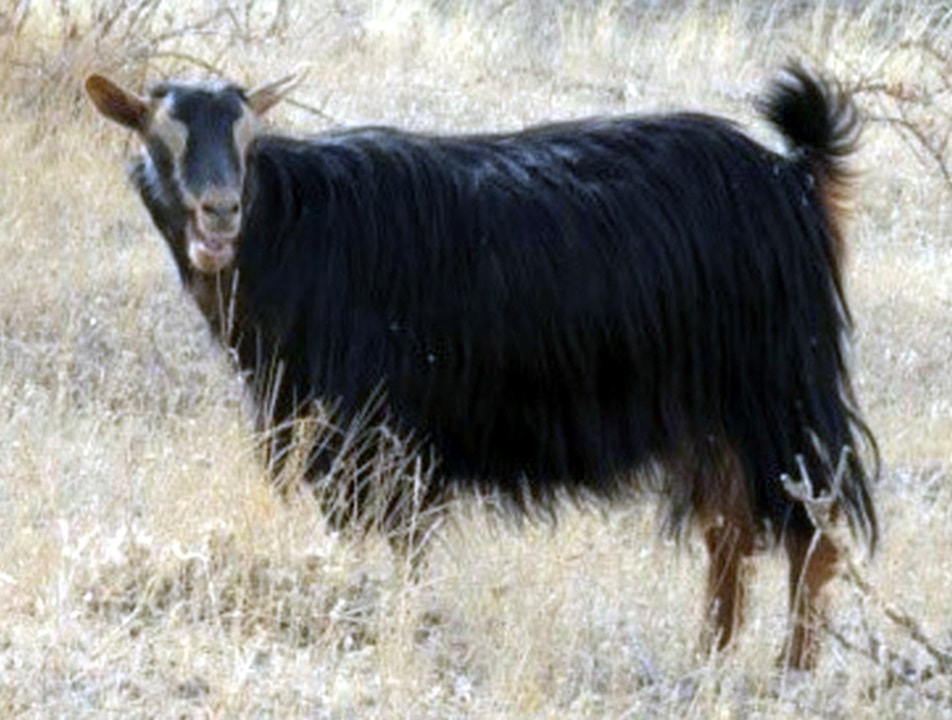
 RSS Feed
RSS Feed